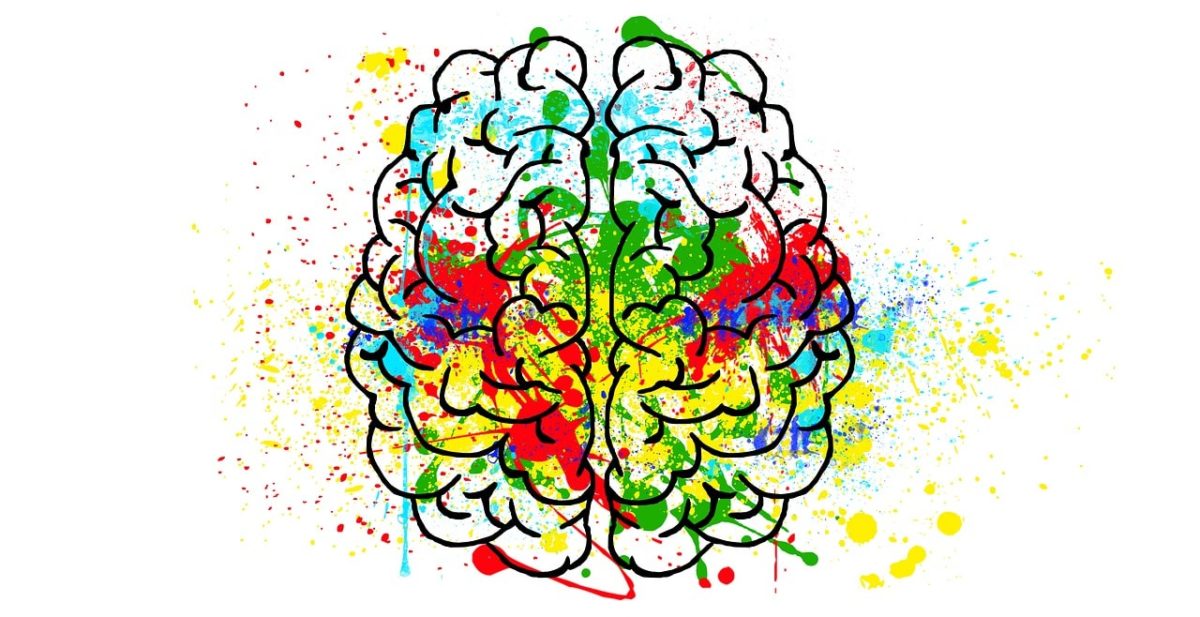This post is a brief about Mental Models, what they are and how you can work with them to understand complex things easily, make better decisions and think from multiple perspectives. I have tried my best to explain this in elementary language. In case you have queries/ideas, please share them through the comments section below.
What Are Mental Models?
Mental models are concepts helping us to perceive the intended meaning of the world around us. These concepts help us interpret and give meaning to complex problems around us much simpler. Everyone can have a different way of making their own mental models for learning, understanding and remembering things around us.
For example, If a child sees a touch-screen smartphone, the device can enable games and animated videos for entertainment. The same device is a device for the gateway to the internet to a teenager, and it is a super complex phone for an old age guy. See, the device remains the same, but the idea of usage is different for different people. Here everyone has a different mental model about the smartphone. Mental models are just a simple understanding of things around us.
Mental models are created every day for us by our brains, but we never notice them. Our brain uses our memories through experiences to understand things/problems around us, thus making a mental model.
Sometimes, the brain assigns old mental models to look at things, and sometimes it creates new mental models for us. But the key idea is to understand these mental models and acknowledge their existence.
Learning about our own mental models about things can help us organize our thoughts, and it can also help us make the right decisions. Since everyone can have a different vantage point to look at the world, this creates the scope for numerous methods to understand the world or to look out for multiple perspectives to a problem. So, next time you notice that you have a mental model around a system, try to think of more ideas to explain the system and find more mental models to understand the system. This would result in you understanding the same system with multiple connections. This makes less room for uncertainty and more room for opportunities while making a decision based on that system. Because now you know the system better than you would have known with just one mental model. If you’re looking at things from just one way, you don’t have a complete picture of the problem, and this could cause you to jump into poor decisions.
How To Work With Them?
We spend a lot of time reading, listening and watching stuff, but how much time do we really spend thinking? Rarely any, right?
The idea of acknowledging mental models give us the time to re-work our thoughts. It helps us go back to our memories of things we have read, learnt, heard or seen. When we go back to remembering these unconnected thoughts and work on them to connect piece by piece, this forms a more clear picture of the world in our mind. This also helps us to remember important models or ideas that can help us to simplify a complex object.
Ever noticed that you have never seen your family members grow tall or fat or slim etc. No, you can never notice that as you see them every day around you. You never notice these incremental changes as long as you don’t look back to a reference of them from the past (a picture, video, cloth, and memory). This is what can be thought of and identified as a mental model. This mental model explains to us that we humans don’t interpret small incremental changes. This mental model can tell you how google search changed their logo several times to make it better, but they made tiny incremental changes to make the change go unnoticed. See, we just used a mental model derived from one concept to understand another! This is how we can work with mental models. It’s all in our heads.
Read, listen and watch. This is a bit incomplete. It becomes more useful if we add mental models to it –
Read, listen, watch but don’t forget to Think!
If this interests you in learning more about this concept, I’d suggest exploring this subject on the Internet. I hope you’ll start seeing the world with a new understanding of things and find some time to pause and build your mental models library. But remember, this is not a one-day job; it is a life-long work that will constantly help you understand things better, make better decisions, and share ideas significantly.
If you find this post useful, do let me know what do think about it in a comment below and share it with your loved ones.
Check out my Post on “List of ‘Don’ts’ In Your 20’s for a successful career.”

